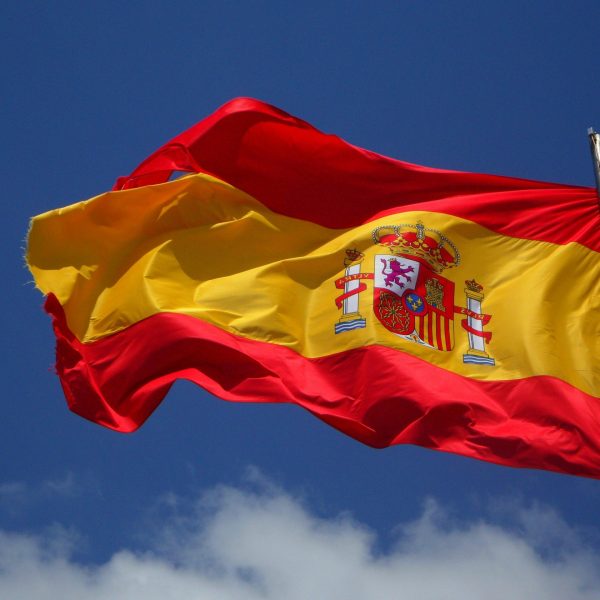

The use of flagpoles grew considerably in the Renaissance and Early Modern periods, as the concept of nation-states began to solidify. Kings and queens flew their standards on poles to signify their rule and domain.

flags on poles became a prominent fixture in cities and towns, especially in European colonies, where they were used to mark territories, military installations, and governmental buildings. Find more about flaggstang here.


Flagpoles are more than just structures for holding flags—they are embodiments of national identity, cultural pride, and historical memory. Around the world, flagpoles are central to ceremonies, parades, and national observances.
A nation’s flag flying at full mast symbolizes sovereignty, unity, and patriotism, while a flag at half-mast denotes mourning or respect for the deceased. Find out more detail about søyler .
